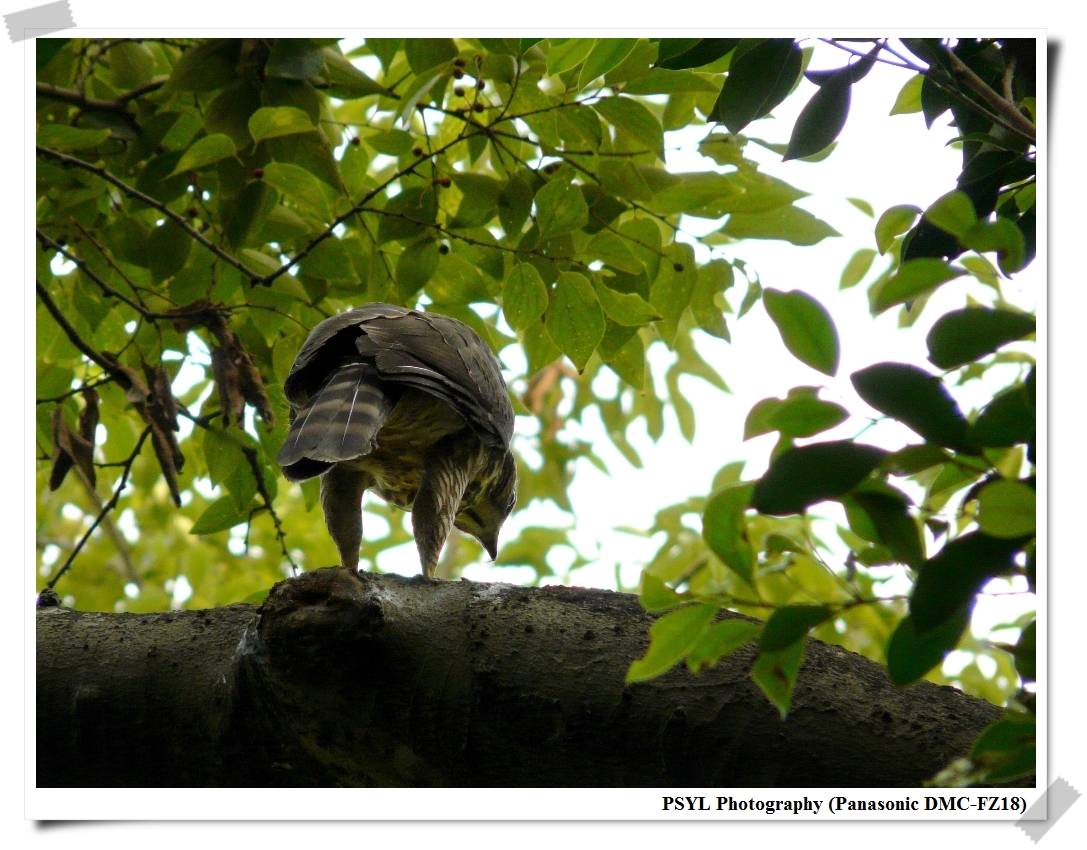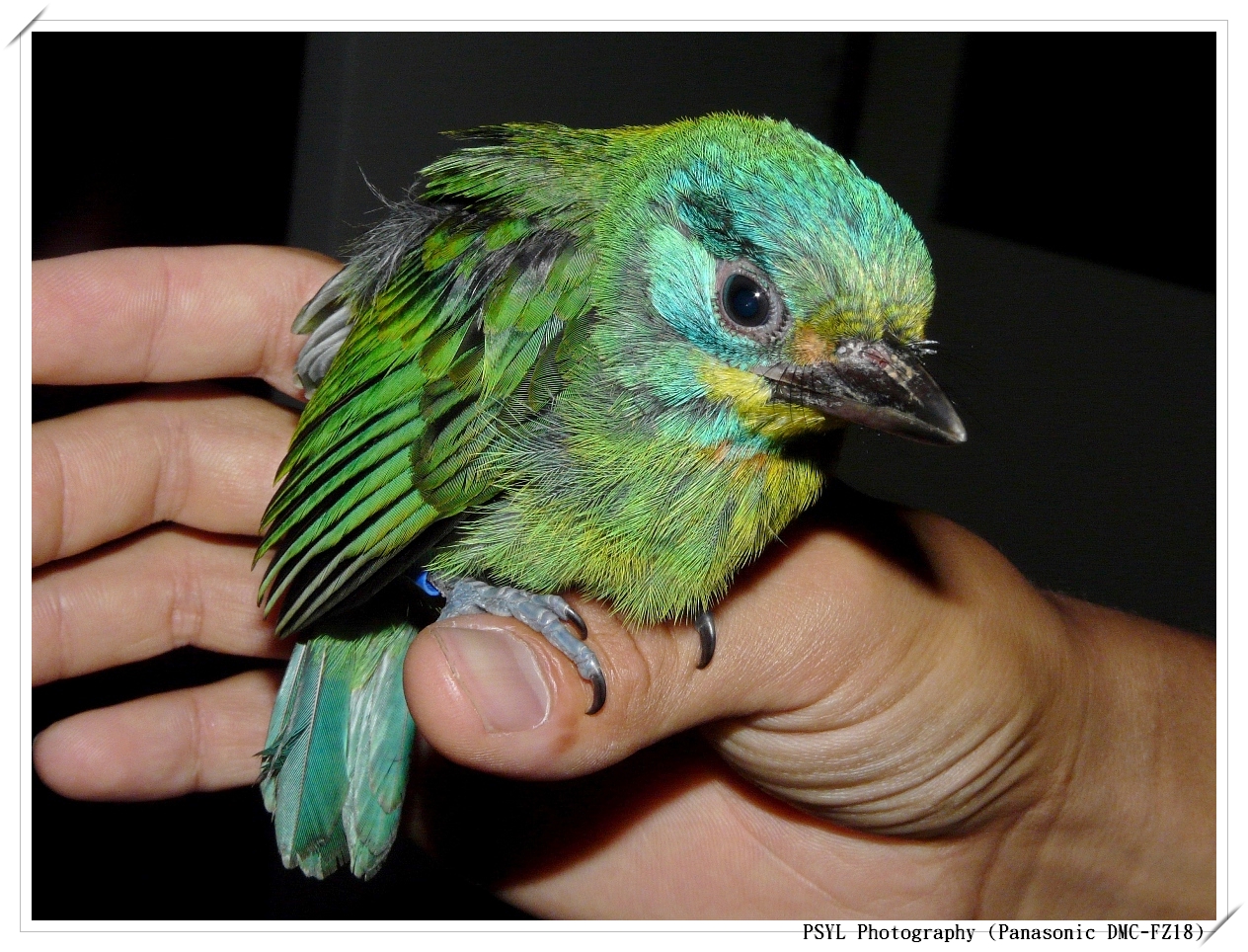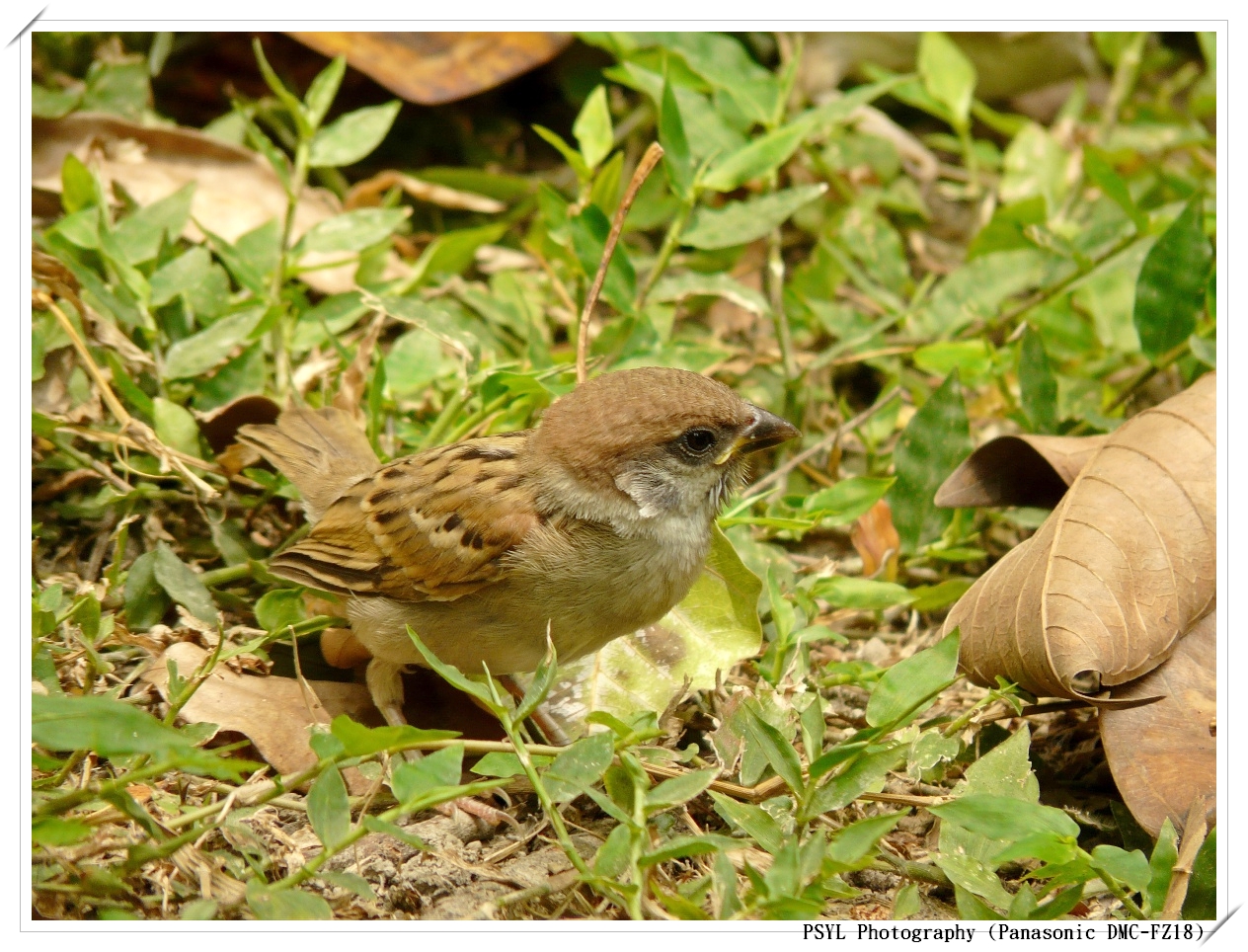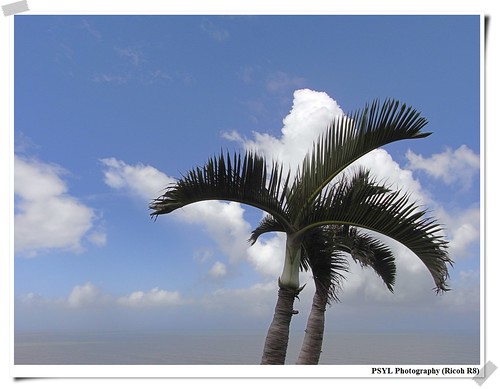Heliophorus ila matsumurae
Unidentified green spider
Cicindela aurulenta
Cicindela aurulenta eating a fly
Argyreus hyperbius
"There are some who can live without wild things, and some who cannot. These essays are the delights and dilemmas of one who cannot" - Aldo Leopold
 While using the endoscope on the nest cavity, I found a yellow female Trabala vishnou guttata. I believe it was laying eggs on the shrubs, and close by there was a pupal cocoon too!
While using the endoscope on the nest cavity, I found a yellow female Trabala vishnou guttata. I believe it was laying eggs on the shrubs, and close by there was a pupal cocoon too! The third task was that one of the morning exercisers found a very young barbet nestling (still a week away from fledging) on the ground. Why did it leave nest so early, we do not know. We brought it back to the office and took care of it. Soon, it was time for us to head to the garden to look for its parents and potential siblings. After a long search, we finally found another young barbet just learning how to fly. After observing it, we saw the parents coming back and feeding it (with cicadas, berries, etc).
The third task was that one of the morning exercisers found a very young barbet nestling (still a week away from fledging) on the ground. Why did it leave nest so early, we do not know. We brought it back to the office and took care of it. Soon, it was time for us to head to the garden to look for its parents and potential siblings. After a long search, we finally found another young barbet just learning how to fly. After observing it, we saw the parents coming back and feeding it (with cicadas, berries, etc). After watching the interactions, we brought the rescued barbet back to the garden and allow the parents to find and feed their missing offspring. As dusk arrived, we decided that it is simply impossible to the young birds to survive their (first?) night outside and decided to bring them back to the lab for an overnight stay before releasing them tomorrow morning.
After watching the interactions, we brought the rescued barbet back to the garden and allow the parents to find and feed their missing offspring. As dusk arrived, we decided that it is simply impossible to the young birds to survive their (first?) night outside and decided to bring them back to the lab for an overnight stay before releasing them tomorrow morning. Siaoyoukeng is quite a geological sight to see (and smell) because it is a post-volcanic area still with some geothermal activities and fumaroles formations.
Siaoyoukeng is quite a geological sight to see (and smell) because it is a post-volcanic area still with some geothermal activities and fumaroles formations. Our destination is Mount Cising (at 1120-m above sea level, it is the tallest mountain in Taipei City). Nevertheless, we only needed to walk a 1.6-km hike to reach the peak.
Our destination is Mount Cising (at 1120-m above sea level, it is the tallest mountain in Taipei City). Nevertheless, we only needed to walk a 1.6-km hike to reach the peak.
 Nevertheless, during this time, the ground is covered with soft mosses and it was a comfortable place to rest and clear our minds.
Nevertheless, during this time, the ground is covered with soft mosses and it was a comfortable place to rest and clear our minds. I wish we could lay here forever and ever - just watching clouds roll by.
I wish we could lay here forever and ever - just watching clouds roll by. The extremely hot and dangerous fumaroles formations even reached the walking paths!
The extremely hot and dangerous fumaroles formations even reached the walking paths! Since it was Sunday, there was quite a large crowd at the top of the mountain, with more coming up, so we didn't stay too long and headed towards the shorter Eastern Peak of Mt. Cising.
Since it was Sunday, there was quite a large crowd at the top of the mountain, with more coming up, so we didn't stay too long and headed towards the shorter Eastern Peak of Mt. Cising. Along the way, we stopped at the Menghuan Lake Wetlands (also dried up at the moment) to see the famous Taiwan Isoetes (Isoetes taiwanensis), an endemic aquatic fern found only in this little wetland in the entire world!
Along the way, we stopped at the Menghuan Lake Wetlands (also dried up at the moment) to see the famous Taiwan Isoetes (Isoetes taiwanensis), an endemic aquatic fern found only in this little wetland in the entire world! Taiwan Isoetes at the bottom right corner. It is quite nerve-wrecking knowing that this is the only place in the world where this species is found. Imagine if something happened to it or its habitat, then it won't just be the loss of a species from Taiwan but from the entire planet as well.
Taiwan Isoetes at the bottom right corner. It is quite nerve-wrecking knowing that this is the only place in the world where this species is found. Imagine if something happened to it or its habitat, then it won't just be the loss of a species from Taiwan but from the entire planet as well. Heading on, we wanted to go take a hot spring bath at the public hot spring bath house. Unfortunately, it was closed for cleaning when we arrived (at 1-pm) so we decided to go back down the mountain and get some lunch. The bottom right photo is the Milk Lake. The reason for the strange color is because of the minerals in the water. Not so strange for me (since I've seen lakes in Canada with all sorts of colors), but apparently it is quite unique to people in Taiwan.
Heading on, we wanted to go take a hot spring bath at the public hot spring bath house. Unfortunately, it was closed for cleaning when we arrived (at 1-pm) so we decided to go back down the mountain and get some lunch. The bottom right photo is the Milk Lake. The reason for the strange color is because of the minerals in the water. Not so strange for me (since I've seen lakes in Canada with all sorts of colors), but apparently it is quite unique to people in Taiwan. It was a Crested Goshawk, perhaps a fledgling or a juvenile, staring at the pond below. Swimming (and squawking) in the pond was an adult Common Moorhen. One of the watchers told me that there are moorhen chicks hiding in the bushes in the pond and the goshawk had been staring at them for quite a while now.
It was a Crested Goshawk, perhaps a fledgling or a juvenile, staring at the pond below. Swimming (and squawking) in the pond was an adult Common Moorhen. One of the watchers told me that there are moorhen chicks hiding in the bushes in the pond and the goshawk had been staring at them for quite a while now.

 Besides describing his researches in various sites around the world, the more intriguing part of his talk was his "cyber-field guide" on Lepidopterans - "Lepidoptera Wing Pattern Identification System" at this URL. Basically, when you came across a museum specimen or an individual in the field that you couldn't identify, you can take a picture of it and submit it to this system. By selecting reference marks on the wings of the Lepidoptera, the server will immediately pick the best matches in its library of images and tell you what this species is. What a wonderful tool it is, especially for an amateur naturalist like myself! I can't wait for them to get grants to build a faster server and a better library of images (not just in North America but the entire world). I feel great potentials of using system not for Lepidopterans only, but also for other confusing taxas, such as spiders, ants, marine invertebrates, fishes, etc.
Besides describing his researches in various sites around the world, the more intriguing part of his talk was his "cyber-field guide" on Lepidopterans - "Lepidoptera Wing Pattern Identification System" at this URL. Basically, when you came across a museum specimen or an individual in the field that you couldn't identify, you can take a picture of it and submit it to this system. By selecting reference marks on the wings of the Lepidoptera, the server will immediately pick the best matches in its library of images and tell you what this species is. What a wonderful tool it is, especially for an amateur naturalist like myself! I can't wait for them to get grants to build a faster server and a better library of images (not just in North America but the entire world). I feel great potentials of using system not for Lepidopterans only, but also for other confusing taxas, such as spiders, ants, marine invertebrates, fishes, etc.



 If you look closely (at the left photo), you can see the barbet near the base of the tree.
If you look closely (at the left photo), you can see the barbet near the base of the tree.




 Since the fledgling is growing up so fast, the parents only feed it once an hour. Bottom left is the adult male barbet guarding the nest after we took a peek inside his home.
Since the fledgling is growing up so fast, the parents only feed it once an hour. Bottom left is the adult male barbet guarding the nest after we took a peek inside his home.